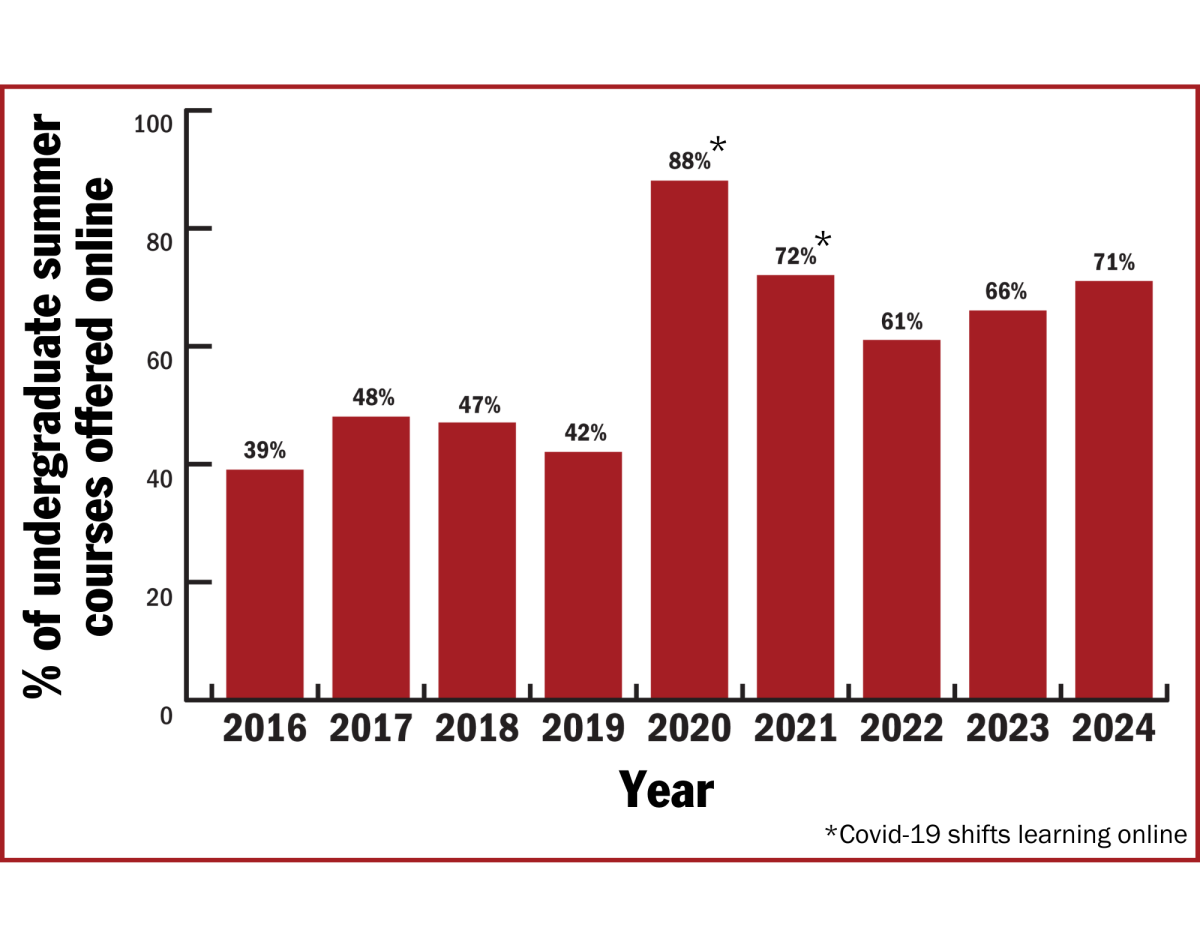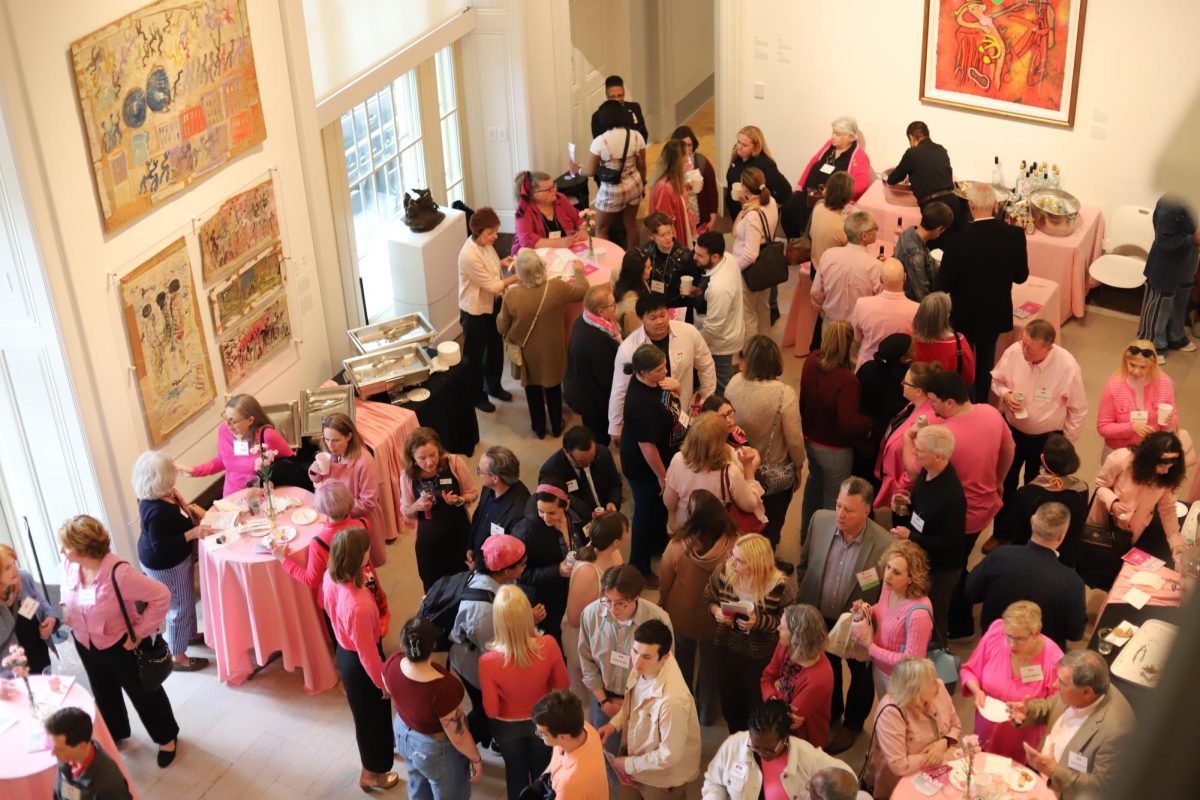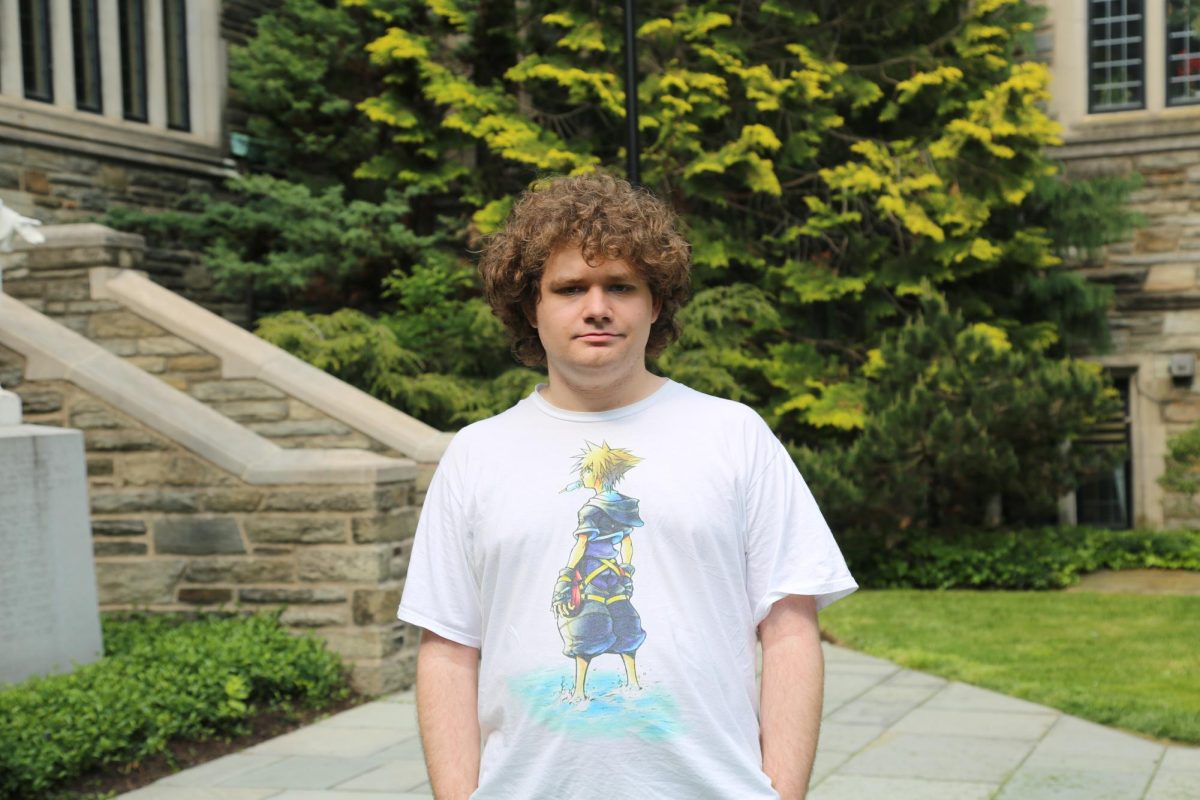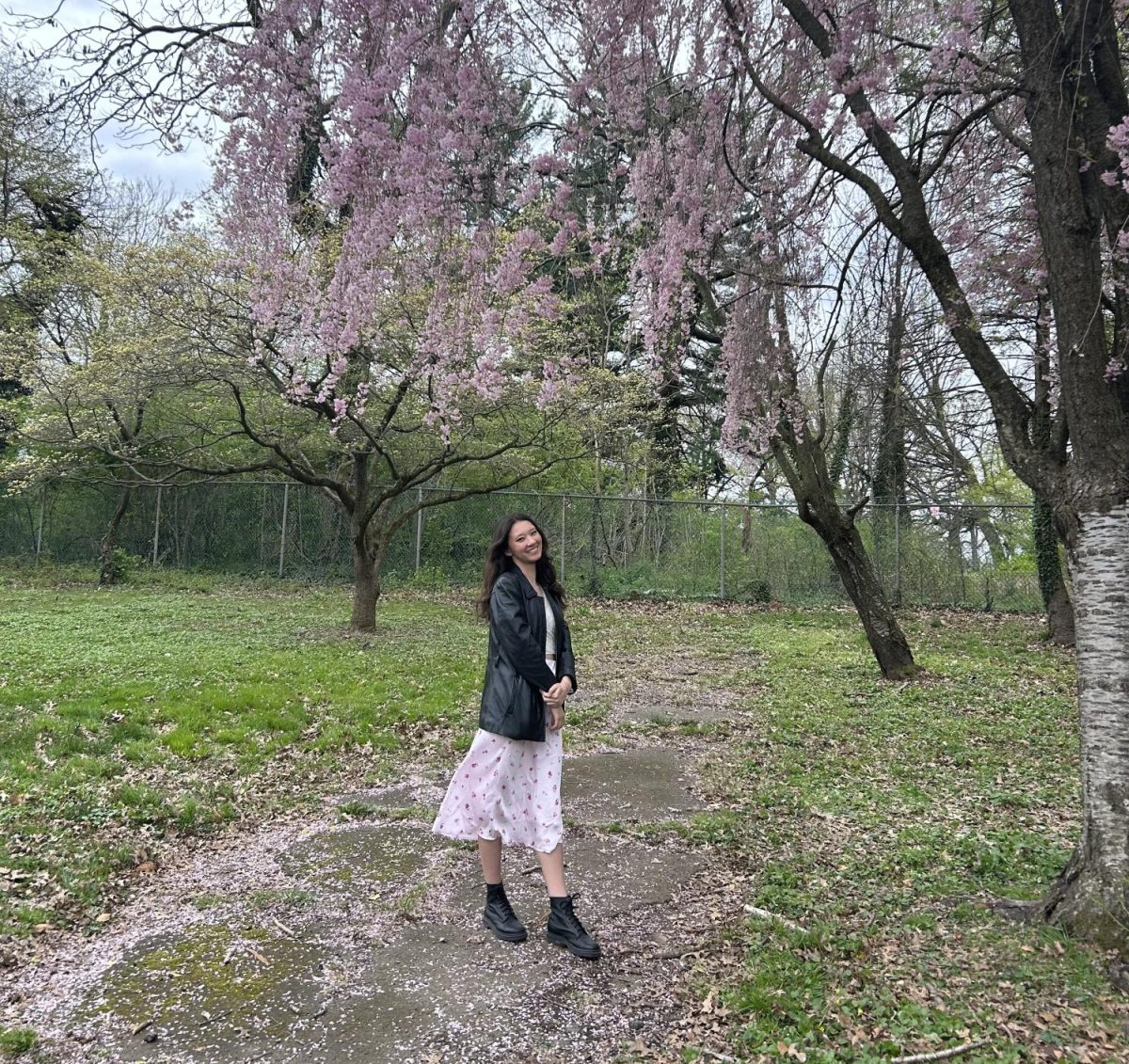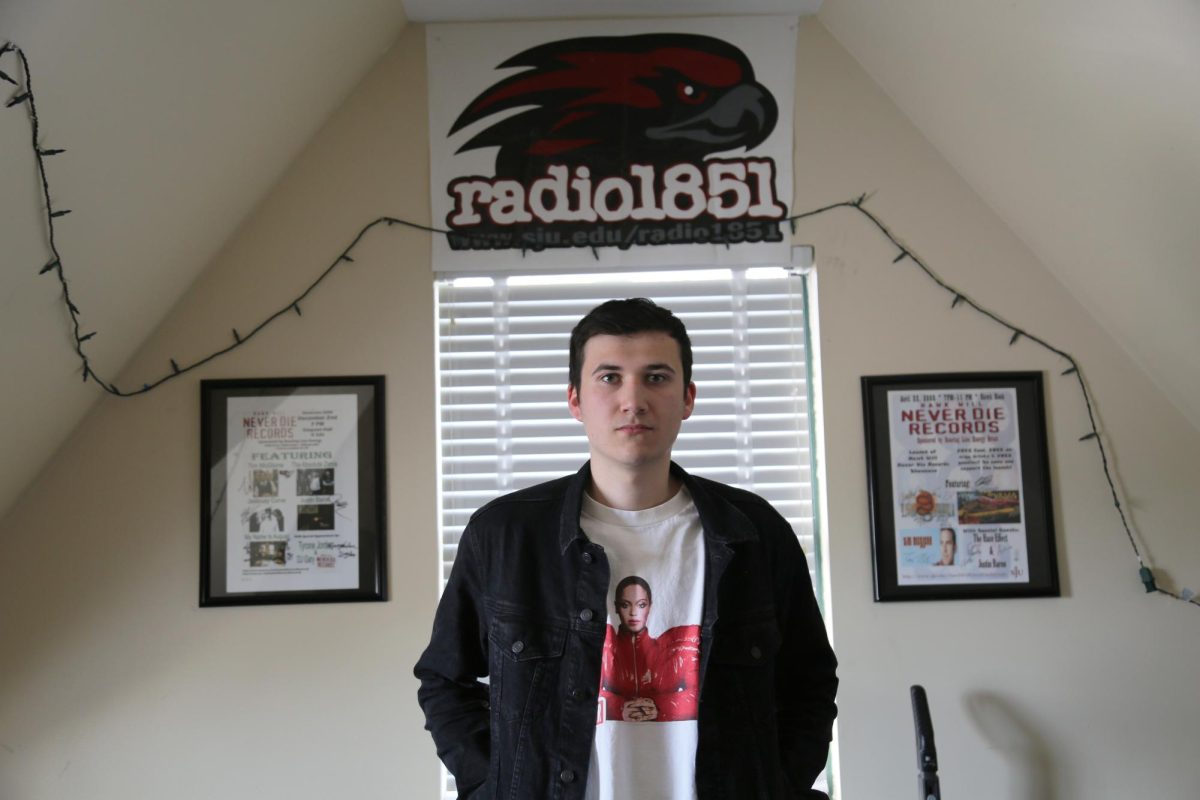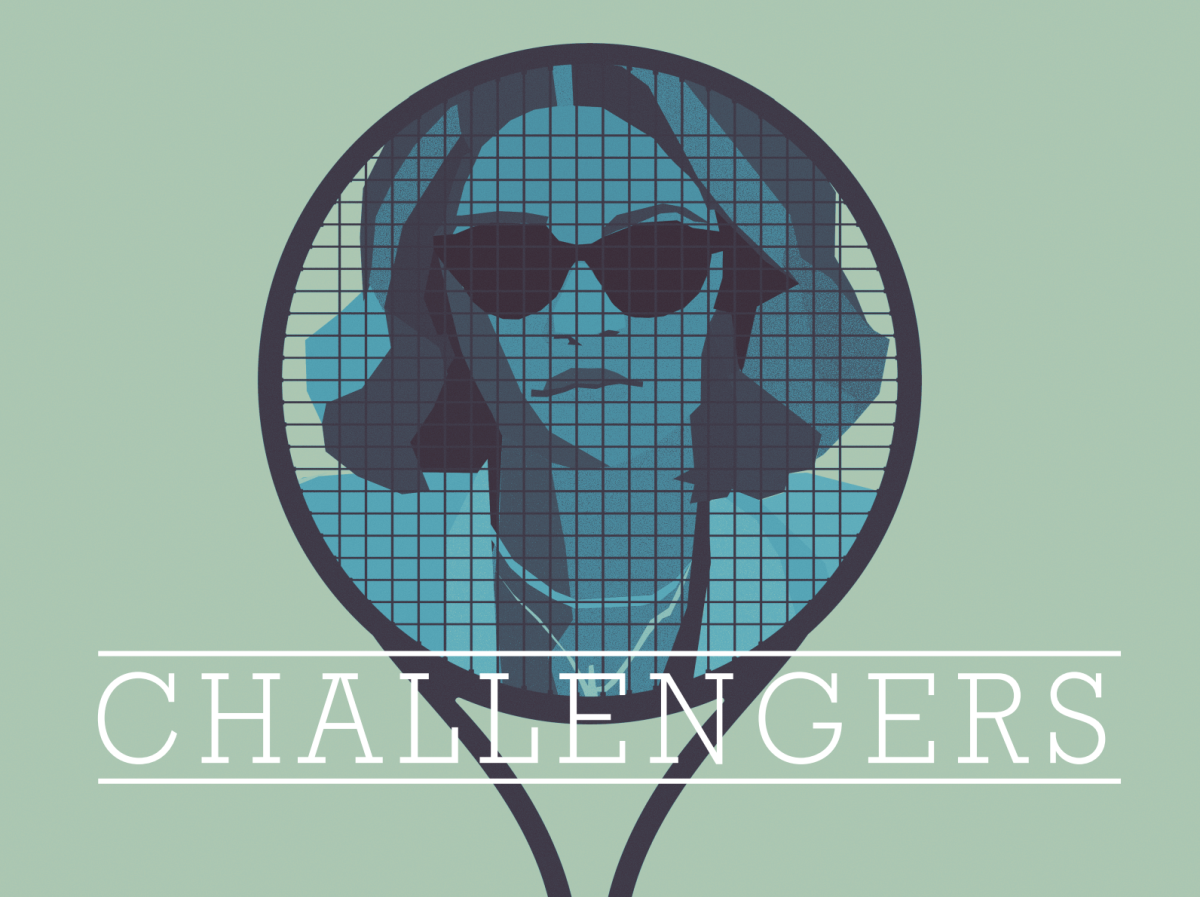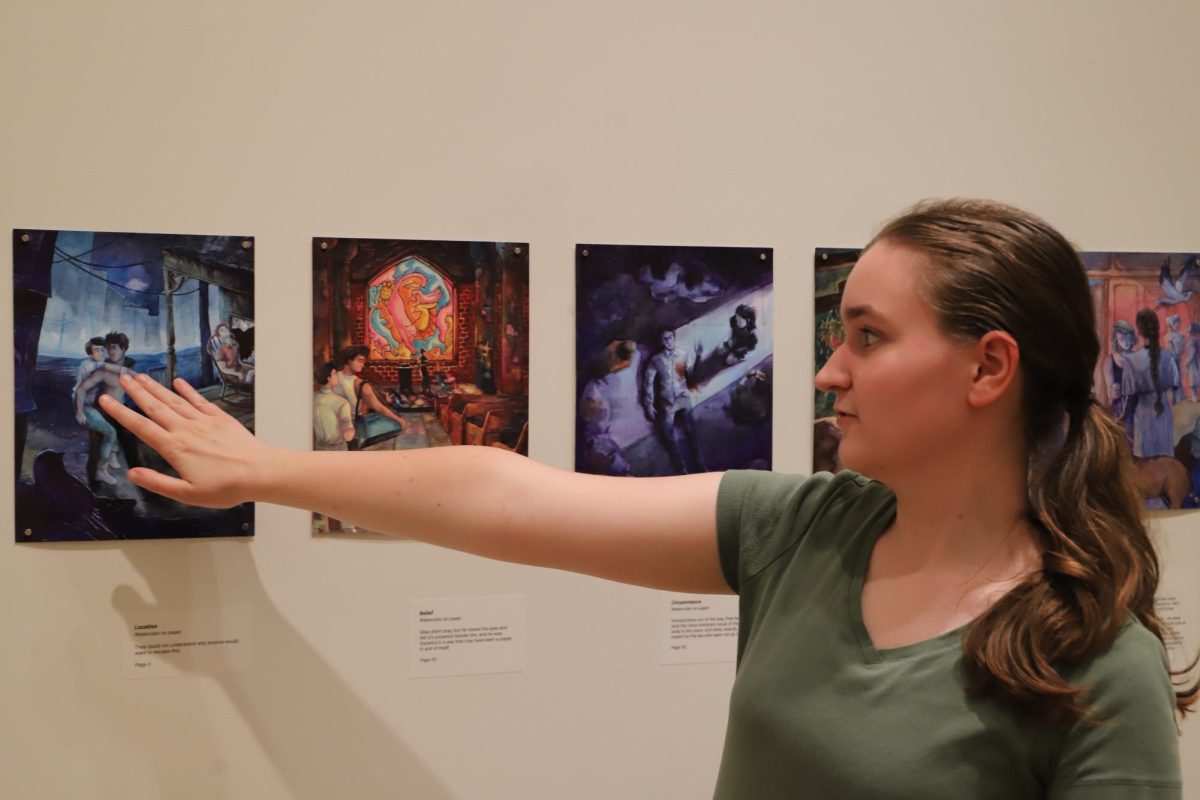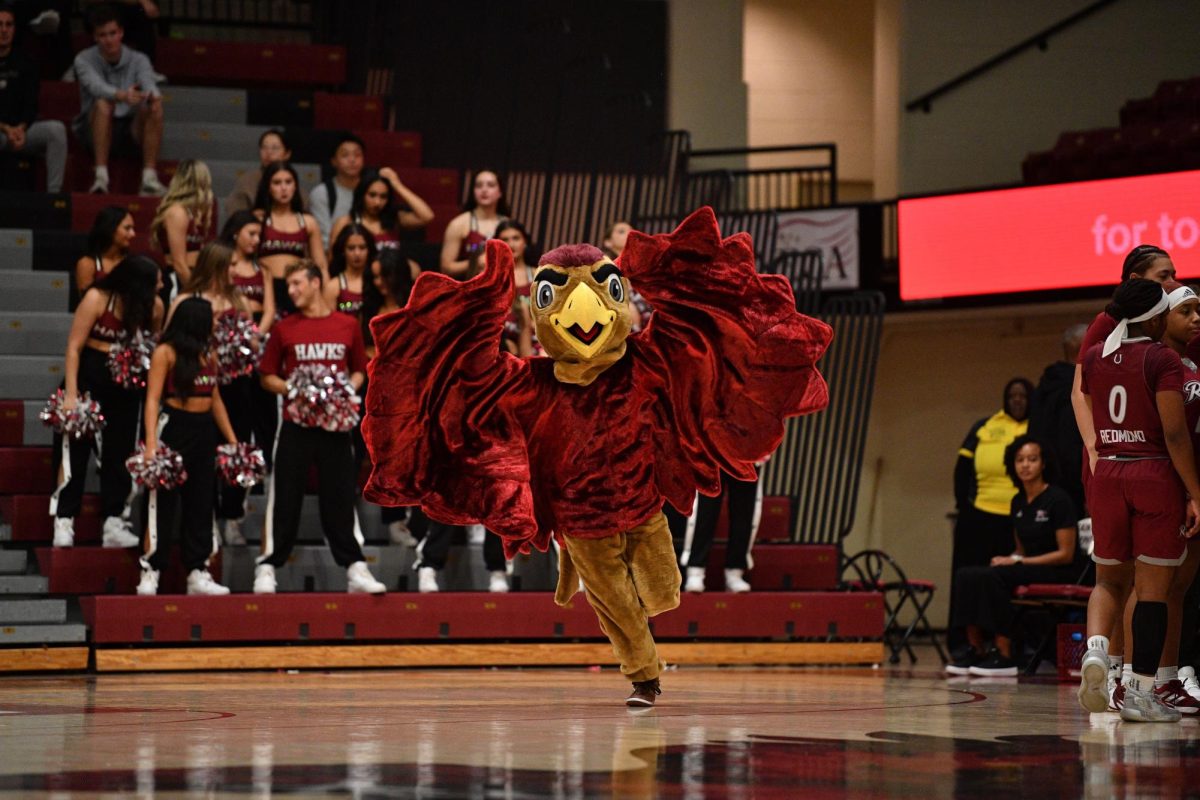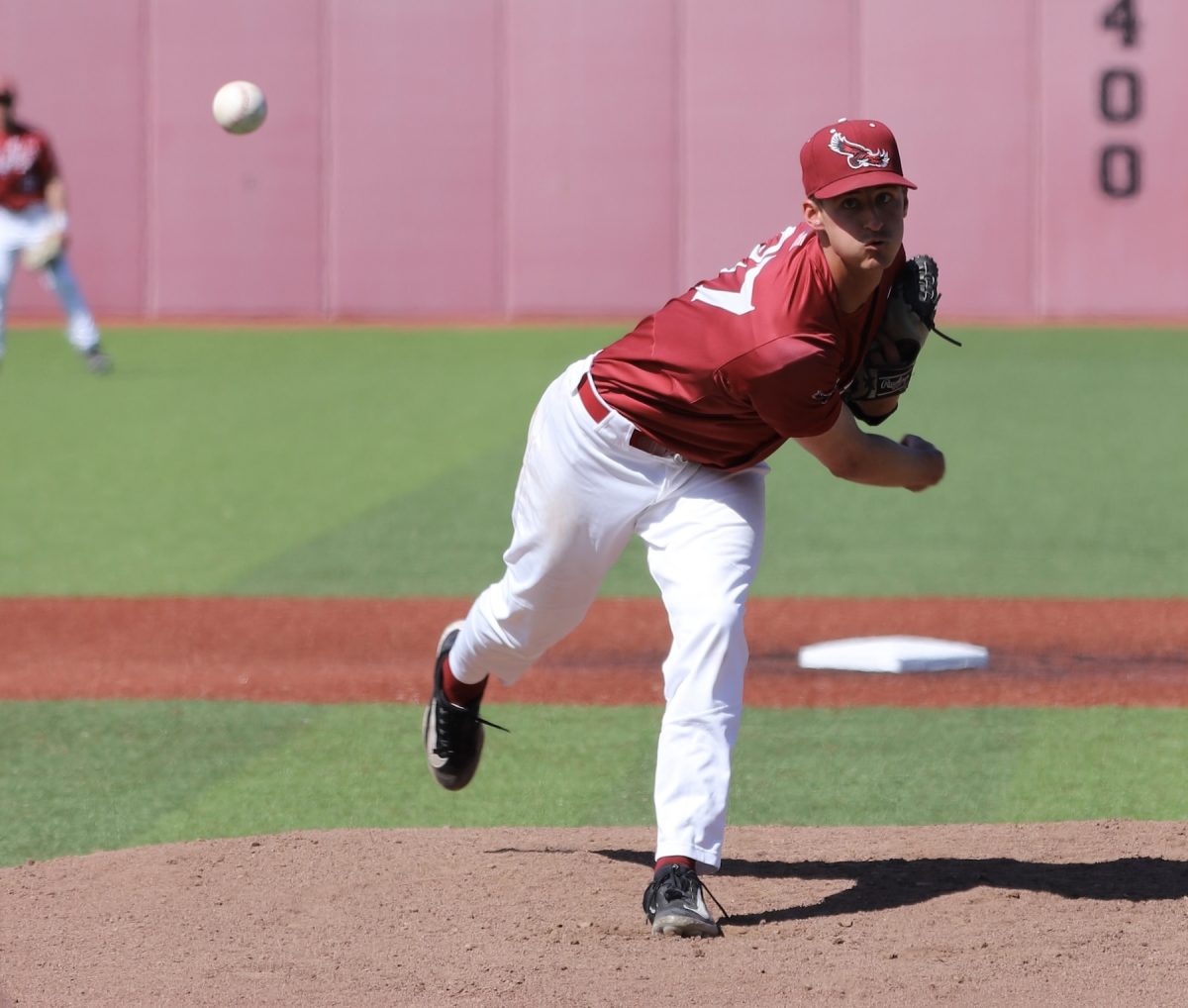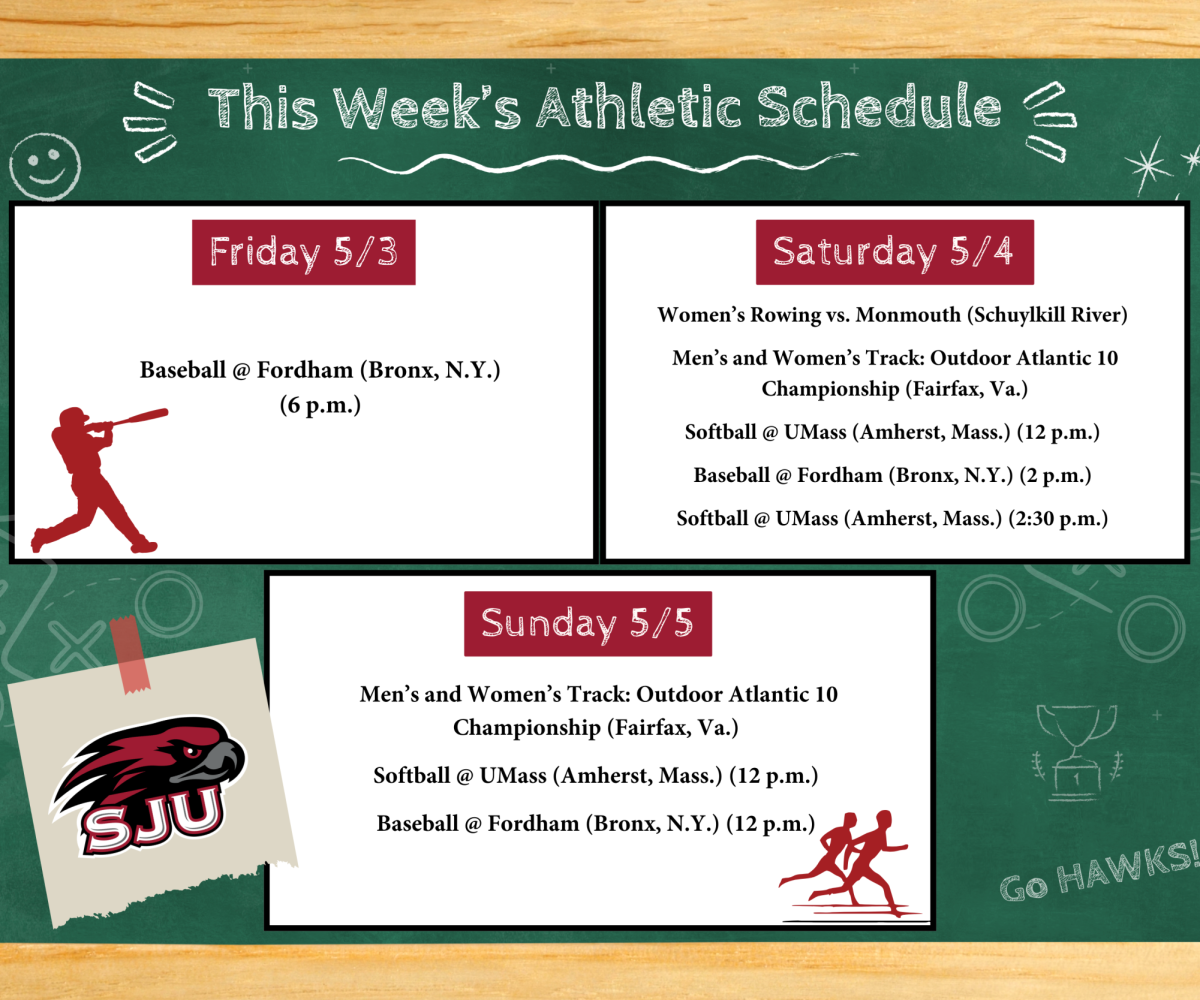Catto statue is first African American sculpture on public land.
Almost 150 years after he was shot to death by a white man in South Philadelphia, a statue of African American educator and civil rights leader, Octavius V. Catto, was placed and unveiled on the south side of City Hall this fall.
According to the city of Philadelphia’s Mayoral Office, there has never been a memorial sculpture dedicated to an African American placed on public land in Philadelphia until now. The statue’s creator, African American sculptor, Branly Cadet, constructed a statue of hall of famer, Jackie Robinson, for the Los Angeles Dodgers stadium while simultaneously working on the Catto statue. Although Robinson and Catto are from different eras, Cadet was intrigued by the connection between the two figures.
“Both [Catto and Robinson] were literally fighting for the same rights that people are fighting for today,” Cadet said. “I probably would not have had the opportunity of attending the great schools and college I was able to attend, without the efforts of people like them.”
According to the National Archives, Catto was a baseball enthusiast and founded the Pythian Baseball Club, the best African American baseball team in Philadelphia. Catto was also a politician, and pushed for African American voting rights. Discussion of racial inequalities surrounded much of Catto’s time as a politician, according to records in the Harry S. Truman Library. In 1866, Catto led the successful fight to desegregate the Philadelphia streetcars, seeking out ways to eliminate inequalities in all aspects of his life.
“Although these leaders are outspoken, it is not as if they acted alone, they were in conjunction with hundreds of collaborators with all these efforts and alliances,” Cadet said.

In the mid 1800s about 10 percent of Philadelphia was African American, a number that would double in size during the Great Migration between 1910 and the 1970s. During his time, Octavius V. Catto was an integral member of the Philadelphia community and a leader in the civil rights movement. According to the 2016 United States Census Bureau, 40 percent of Philadelphia identified as African American in that year. Laura Griffith, associate director of Philadelphia’s Association for Public Art said Philadelphia has one of the largest collections of public art in the country. The Association for Public Art organization is the oldest of its kind and dates back to 1872.
“We have over 1,500 works of public art [which is not just sculptures] in our inventory of public art in Philadelphia,” Griffith said.
Despite this large inventory of public art, only 48 are works of or by African Americans.
“Not an insubstantial [amount of works],” Griffith said.
According to Griffith, there are many different ways in which statues are erected in Philadelphia.
“Generally there are special interest groups who move toward wanting specific statues,” Griffith said. “When things are almost done but not quite, we help them happen.”
Structural requirements include funding and securing approvals which falls on the shoulders of special interest groups to complete. As a private-nonprofit, the organization works diligently to place, commission and acquire new pieces.
The City of Brotherly Love has an exuberant and history-rich environment, and while Philadelphians celebrate the Catto statue, some ponder why it took so long to honor a prominent and influential African American on public land.
“[This is] a clear sense for how long social change takes,” Cadet said.

